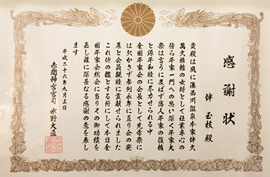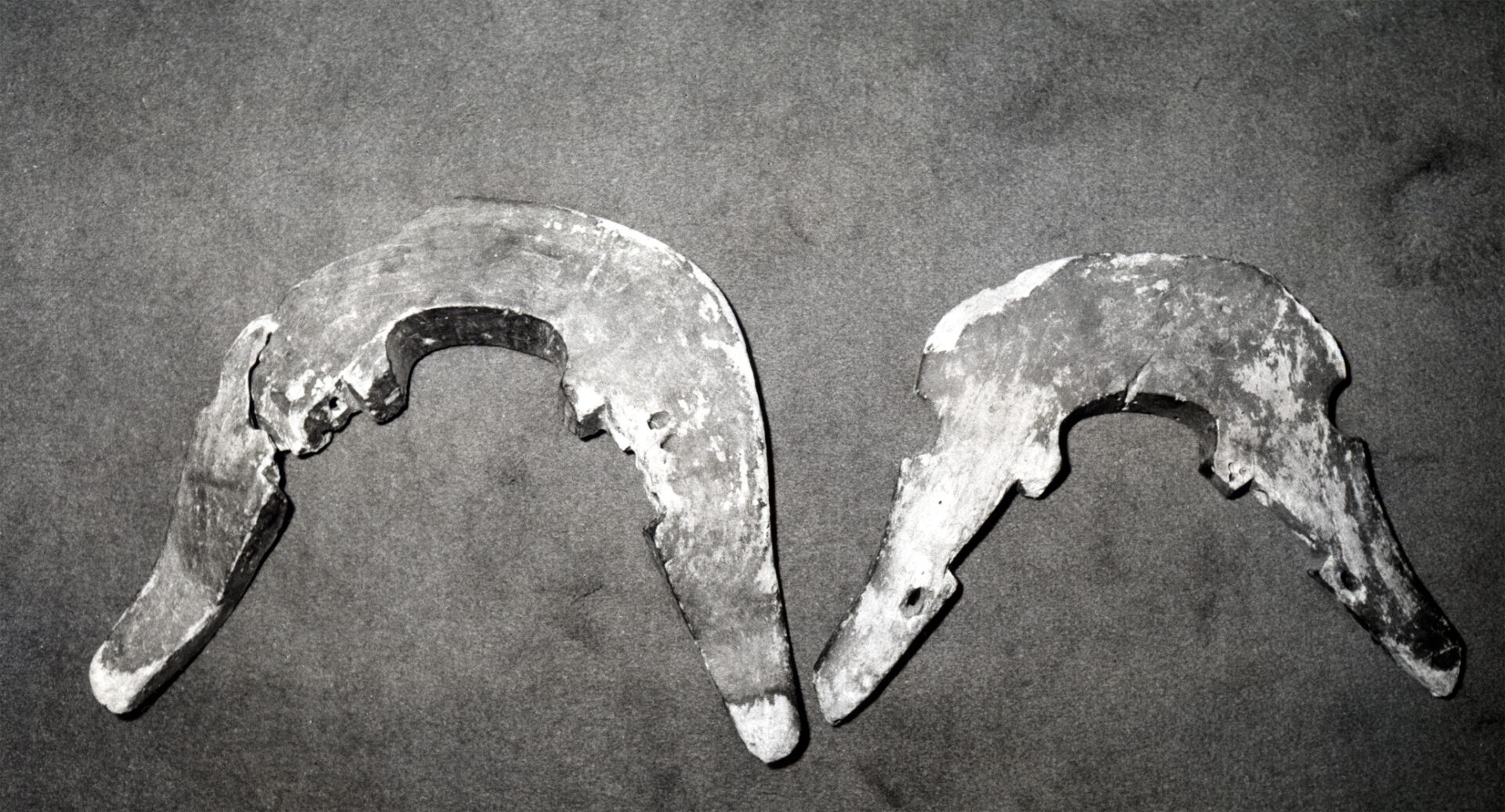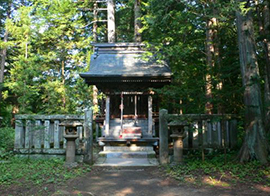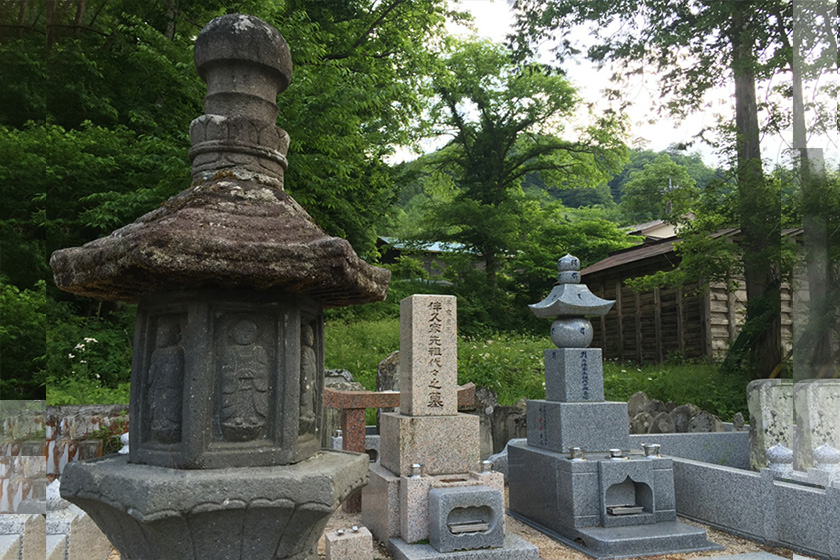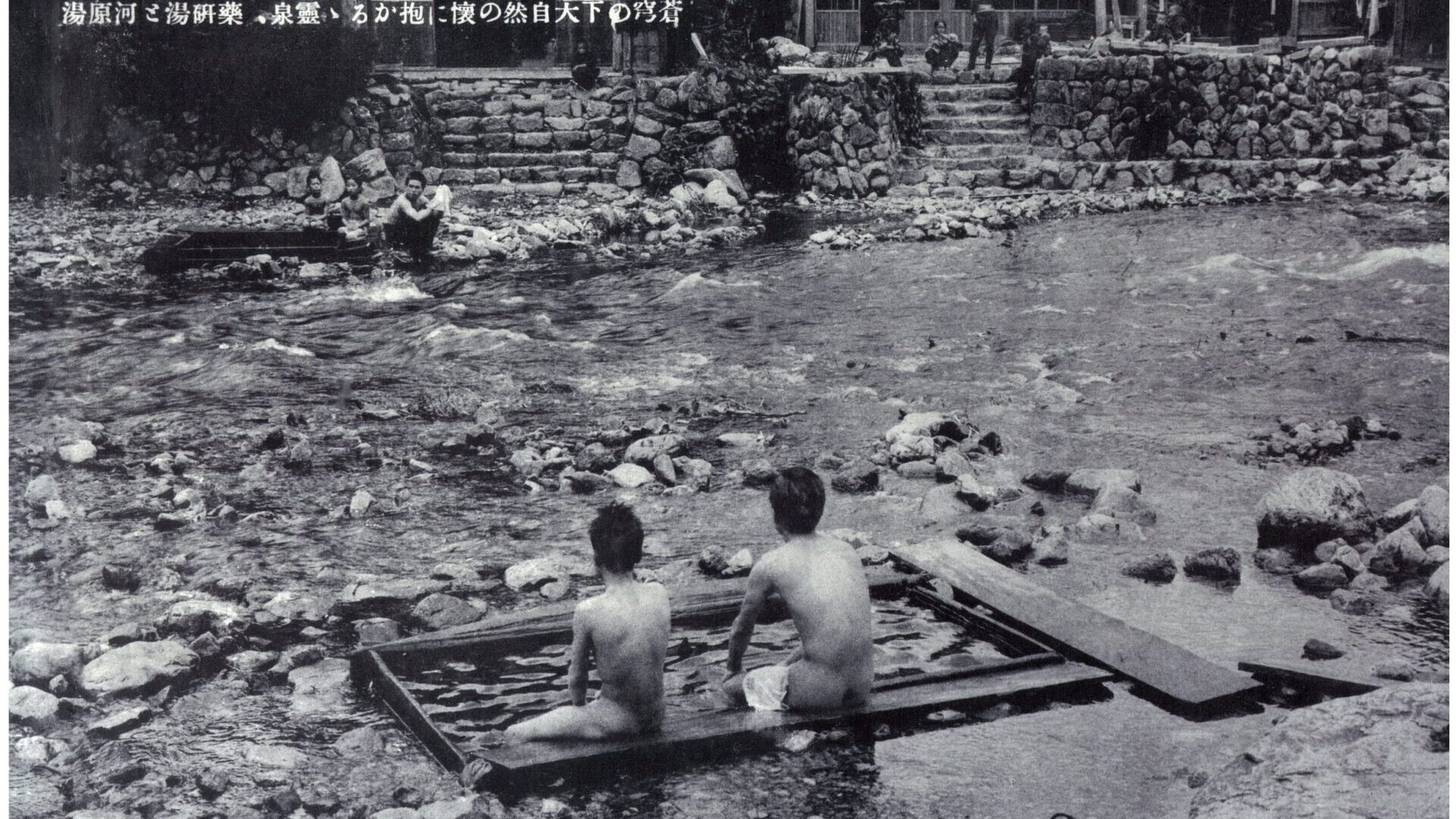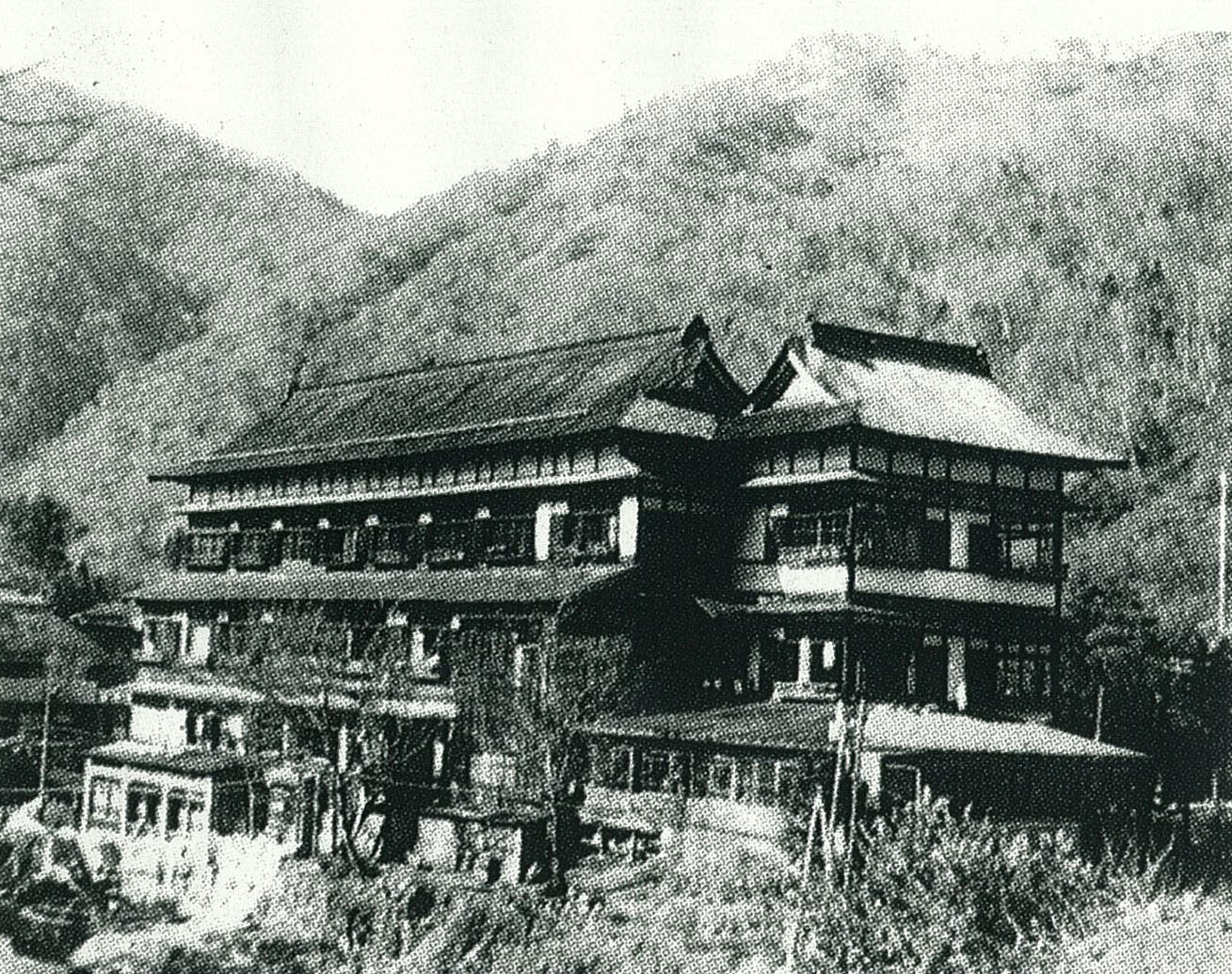History
A Ryokan Founded in 1666, Preserving Over 800 Years of the Heike Legacy
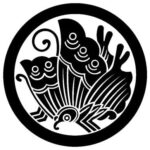
Honke Bankyu — The Successor to the Heike Clan
A Ryokan Preserving the Hot Springs of the Heike Lineage for 800 Years
Descendants of the Heike Clan, who fled from the Genji pursuers and found eternal refuge in the mountains of Yunishigawa Onsen,
our ancestors established Honke Bankyu Ryokan in 1666.
Today, the inn continues its proud legacy under the care of the 25th generation, upholding a history of over 360 years.
The Heike people, having escaped the capital, lived with strength and dignity in these deep mountain valleys,
building a life of harmony with nature and protecting the hot springs that have flowed since ancient times.
For more than 800 years, the healing waters of Yunishigawa Onsen have gently soothed the hearts and bodies of all who visit —
from the exiled Heike to travelers of the modern age.

The History of Yunishigawa Onsen and Honke Bankyu
The History of Yunishigawa Onsen and Honke Bankyu
Heian to Muromachi Periods
A Hidden Legacy Born from Tragedy — The Tale of Lord Tadanobu and the Heike Refugees
In 1185, after the Heike (Taira) clan was defeated by the Genji (Minamoto) in the decisive Battle of Dan-no-ura,
Lord Tadanobu, the sixth son of Taira no Shigemori (eldest son of Taira no Kiyomori), fled eastward with his loyal retainers.
Under the assumed name Tadazane, they sought refuge in the Kanto region, relying on their kinship with Lord Tomotsuna Utsunomiya.
For a time, they lived in secrecy near Mt. Keichō, the highest peak of the Kawaji area.
During their hidden life in the mountains, one of the Heike women gave birth to a son.
Despite their hardship, the clan celebrated the birth by raising a banner made from leftover cloth under the bright skies of May.
Unfortunately, the Genji pursuers noticed the banner, and a fierce battle followed.
The Heike survivors, heavily wounded and defeated again, fled along the ravines until they reached Yunishigawa,
where they decided to settle permanently, finding peace in these remote valleys.
Since that time, the people of Yunishigawa Onsen have upheld unique traditions:
carp streamers are never flown and roosters are never kept,
in memory of that sorrowful day when a banner in the wind betrayed their hiding place.
During the Kenkyo era (1190s), the Takafusa Shrine was established as the Heike clan’s guardian deity,
making it the oldest surviving Heike shrine in the Yunishigawa area. (It was later rebuilt in 1504.)
One snowy day, the Heike descendants went out hunting and discovered a mysterious spot where snow would not accumulate,
no matter how heavily it fell.
When they dug into the earth, a hot spring emerged from the riverbed —
the origin of Yunishigawa Onsen.
Near that sacred spring, they buried a saddle made of wisteria wood (“Fuji-kura”),
along with gold and silver treasures, believing that one day their descendants would rediscover it.
They kept the secret of the hot spring for generations, enduring hardship and isolation in the deep mountains.
Today, the Fuji Saddle (藤鞍) is preserved in the Honke Bankyu Treasure Hall,
and the inn’s open-air bath, “Fuji-kura no Yu,” takes its name from this legend.
Muromachi Period – Edo Period – Early Modern Japan
During the Muromachi period ,Tadamitsu Ban Tsushimanokami, the 11th-generation descendant of Lord Tadanobu of the Heike clan,
rediscovered both the hot spring and the buried treasures once hidden by his ancestors in the snow-covered mountains of Yunishigawa.
Deeply moved by this divine guidance, the descendants of the Heike clan erected a memorial monument — the Six Jizō Kuyo-tō (Roku Jizō Memorial Tower)
in gratitude to their forebears.
This stone pagoda, located within the Honke Bankyu family grave site inside Jikō-ji Temple in Yunishigawa Onsen,
bears the inscription “Tenbun 18 (1549)”, making it the oldest surviving personal monument in the region.
It has been designated as an Important Cultural Property of Nikko City.
The Ban (伴) family name itself is believed to be a disguised form of the original Heike surname “Taira (平)”,
altered to protect their identity during the turbulent years that followed.
(The left radical represents a person “人,” while the right portion of the character was modified from “平” to form “伻,” later simplified to “伴.”)
As his ancestors once had, Tadamitsu Ban also discovered another spot where snow never settled —
and there again, a natural hot spring flowed forth.
He took it as a sign of his ancestors’ protection and devoted himself to honoring their memory,
thus connecting the rediscovery of these sacred waters to the continued history of Yunishigawa Onsen.
By the early Edo period (1666), the area had become known as Yunishigawa Village,
renowned for the quality of its healing waters.
It was then that Honke Bankyu Ryokan was founded —
a hot spring inn that has continued to welcome travelers for over 350 years.
Modern Era
Today, Yunishigawa Onsen flourishes as a popular tourist destination, with the 25th generation now carrying on the proud legacy of Bankyu. Every early June, the grand Heike Festival is held, filling the town with visitors celebrating its rich history and culture.
In October 1994, under the sponsorship of the Yunishigawa Ryokan Association, representatives from the Minamoto Clan Society in Kamakura were invited to a special “Heike no Sato–Akama Shrine Branch Dedication Ceremony,” where a Peace Reconciliation Pact between the Heike and Genji Clans was signed. On the eve of the ceremony, a pre-celebration banquet was held at our inn’s “Heike Kakurekan” (Heike Hideaway Hall). Though the atmosphere was tense at first, as the sake cups were exchanged, warmth and friendship gradually blossomed. The following day, both clans crossed the “Kazura Bridge” hand in hand, marking the symbolic beginning of harmony.
Today, this Kazura Bridge stands as a symbol of friendship and happy relationships—an enduring bridge that connects hearts. Yunishigawa Onsen, having put an end to the 800-year-long grudge between the Heike and Genji clans, is now known as a sacred place of matchmaking and connection. United as one, the villagers continue to hold seasonal festivals, welcoming travelers with warmth and healing.
Note: Heike no Sato (“The Heike Village”) is home to Japan’s only branch shrine of Akama Shrine in Shimonoseki, where Emperor Antoku is enshrined.

The Genealogy of the Ban Family
This is the family lineage of the Ban household, the successive heads of the main Ban family (Honke Bankyu), who have carried on the legacy of the Heike clan through generations in Yunishigawa Onsen.
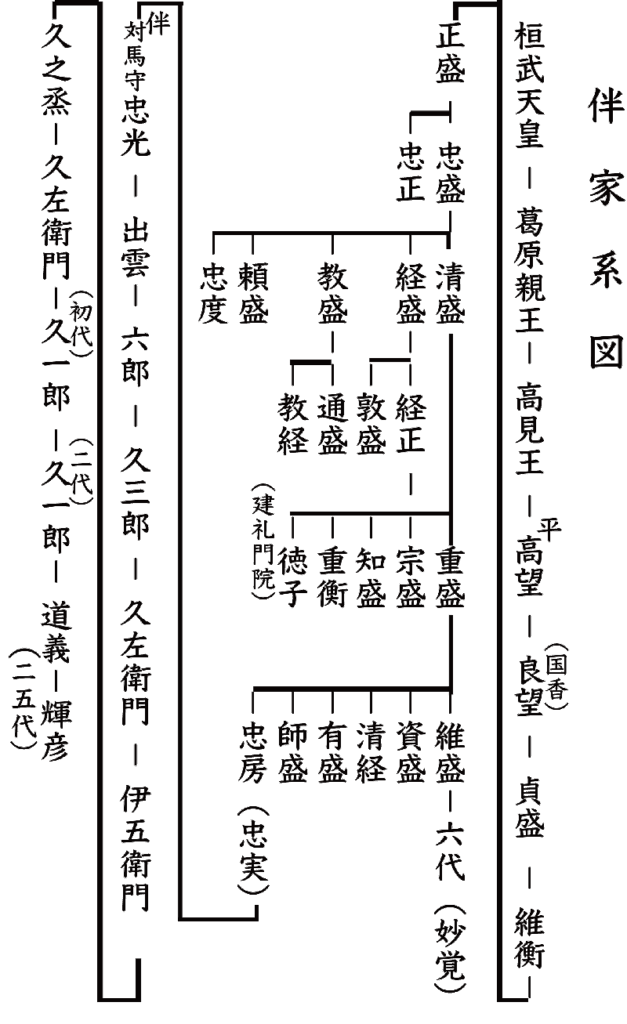

Reconciliation between the Genji and Heike Clans
Reconciliation between the Genji and Heike Clans
In 1994, after eight centuries of rivalry, the long-standing enmity between the Genji and Heike clans finally came to peace here in Yunishigawa.
This video captures that historic moment — descendants of both clans walking hand in hand across our inn’s Kazura Bridge in a gesture of friendship and reconciliation.
As our guests cross this bridge today, we hope it serves as a symbolic bridge of happiness and peace, connecting hearts just as it once united the descendants of the Genji and Heike.
During the Genji–Heike Reconciliation Ceremony, descendants of both clans crossed this bridge together in harmony.
Today, the Kazura Bridge stands as a cherished symbol of friendship and matchmaking, stretching gracefully over the Yunishigawa River between the main building and the dining hall.
It is also known as the Heike Heritage Bridge, honoring the deep historical ties of the Heike clan to this region.

As President and later Honorary Lifetime President of the National Heike Association
Akama Shrine in Shimonoseki City, Yamaguchi Prefecture, enshrines Emperor Antoku, the 81st Emperor of Japan, and also serves as the headquarters of the National Heike Association.
It is said that descendants of the Heike clan are spread across approximately 300 locations throughout Japan, united under the National Heike Association to preserve their shared heritage and strengthen their bonds.
The late 24th Okami (proprietress) of Honke Bankyu served as President of the National Heike Association for about twenty years and was later honored as its Honorary Lifetime President.
She also acted as the chief editor of the 200-page publication “Zenkoku Heike Soran” (The Complete National Heike Directory), which documents the Heike lineage and its nationwide connections.
In 2014, Honke Bankyu received a letter of appreciation from Akama Shrine, which reads:
“With deep devotion to the Heike clan, you have made great efforts in the revival of the Ochudo Heike (the fallen Heike descendants), the Heike Festival, and the reconciliation between the Genji and Heike clans.
As President of the National Heike Association, you have faithfully attended the annual Senteisai (Emperor Antoku Memorial Ceremony) and contributed for many years to the development and friendship within the Association.”
We are sincerely grateful for the honor of being entrusted with preserving and passing down the proud history and culture of the Heike clan.
